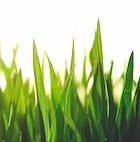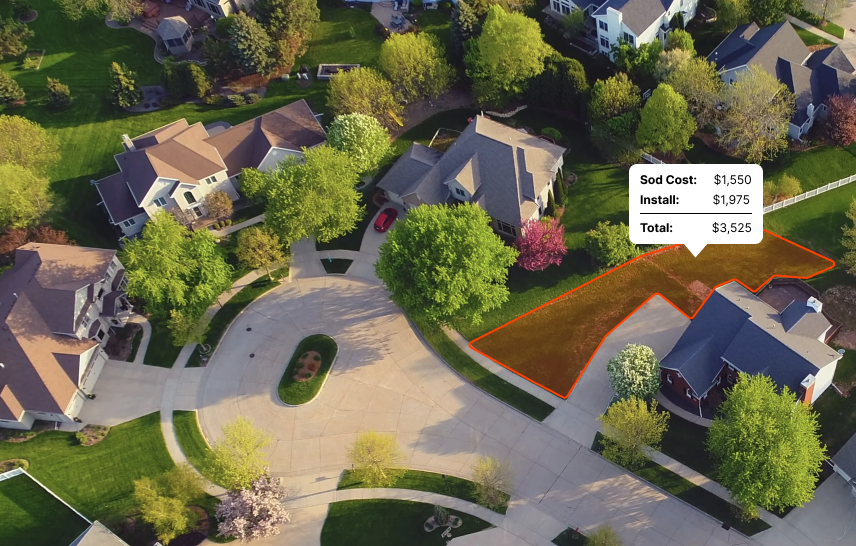By choosing grass types tailored to the climate and laying them at the right time, you can cultivate a stunning lawn that thrives in Iowa's distinctive environment.”
Introduction
Iowa rolls out the red carpet for a humid continental climate, boasting warm, muggy summers and winters that are cold and dusted with snow. This particular climate sets the stage for the type of grass that takes root in the state.
Grasses that can withstand the switch between sweltering heat and icy cold, coupled with fluctuating humidity, are tailor-made for Iowa's conditions. If you're planning to lay grass in Iowa, spring and fall are your golden opportunities.
These seasons offer milder temperatures, and usually, a generous supply of rain to kickstart new growth. Be wary of the height of summer and the depths of winter - these extreme temperatures could prove harmful to fresh grass growth.
Iowa sits in the heart of the grass zone - a vast area where grasses are the star of the show. This zone, spanning much of central and eastern United States, is a melting pot of grass species.
What are the best sod types for IA?
In the world of landscaping, not all grasses are created equal. Each thrives in a specific climate zone: cool, warm, or transition.
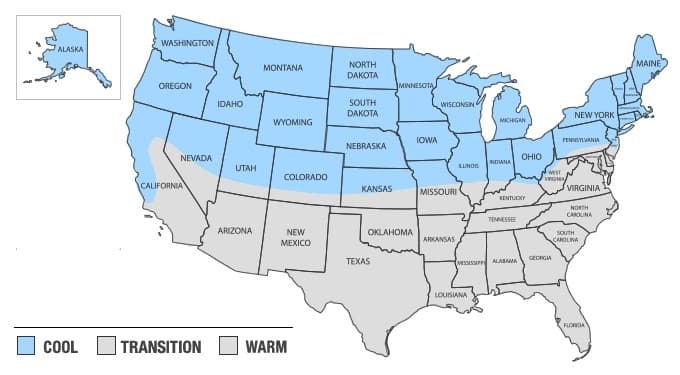
Iowa, with its cool season climate, prefers a particular set of grasses that relish the lower temperatures. The following sods are the easiest to grow and maintain in Iowa:
While it's possible to grow grasses meant for other regions with proper care, attention and timing, these are the most common grasses in Iowa for residential lawns.
Level Up Your Lawn Skills
Once per week we'll send you an interview from someone who has mastered the art of lawn care.
Recommended species for shade
In the land of noisy cicadas and cornfield panoramas, we Iowans handle shade like pros. Grass? Not so much. So, what's the best grass for shade in our state? In the turf wars, two contenders reign supreme: Fine Fescue and Kentucky Bluegrass.
Shady Nebraska (we're looking at you, Omaha) can keep their Zoysia. For Iowa, Fine Fescue is our top pick. It's the dark horse of the cool-season grasses, comfortably thriving on just 4 hours of sunlight. No diva behavior here, it's tough, low maintenance, and cool with dry soils. But, be warned, we're talking partial shade, not a moss-worthy Woodlands chronicles setting.
Now, if the shade factor is borderline medium, bet your last corn dog on Kentucky Bluegrass. This fair-green Midwesterner is in for A-game with approximately 6 hours of sunlight. In the right conditions, we've seen it outlast not only the harsh winters but also the blistering summer heat. And bonus, this lawn lovin' grass is nicely dense, kicking pesky weeds to the curb.
Ryegrass deserves an honorable mention. It's like the youngest sibling who tries harder. It's fast-growing and can tolerate some shade with about 5 hours of sunlight. In a bind, it'll work, but it's not our first-string pick.
For Iowa's shade-favoring lawns, aim for drought-tolerant, cool-season seed mixes. That's the winning game plan. Start in early fall, prep your soil right and remember, for the love of all greens: don’t drown the poor thing in water.
But remember, grass isn't corn. It has a greener thumb than a green thumb. Lawns are temperamental canvases. Too bad we can't just paint 'em green! For those challenging patches of shade - consider a shade garden instead. A touch of woodland charm, perhaps?
So, there you have it, folks. Armed with your Fine Fescue and Kentucky Bluegrass, go forth and conquer the shadows!
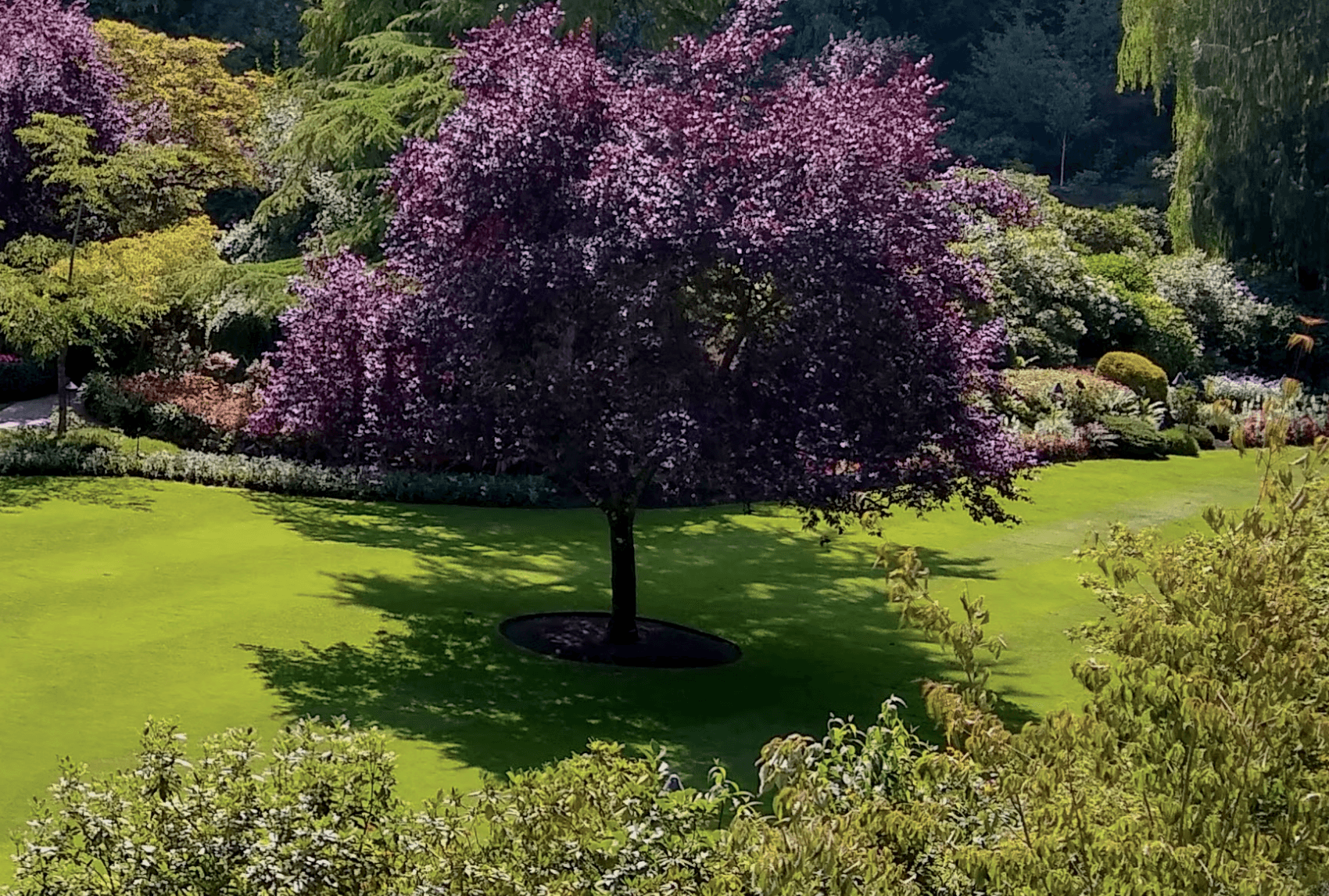
Recommended for full sun or partial sun
Choosing the right sod for your lawn depends heavily on the sunlight exposure in your yard. Different grass types have varying light requirements for optimal growth and appearance. Assessing whether your lawn receives full or partial sun is essential in selecting sod that will flourish and stay healthy in your specific environment.
Below are some sod options recommended for either full sun or partial sun conditions in IA:
| Grass Type | Sun | Good to Know |
|---|---|---|
| Tall Fescue | Partial | Tall Fescue is adaptable to a range of conditions, including partial sun, and is known for its deep root system and tolerance to drought. |
| Kentucky Bluegrass | Full | Kentucky Bluegrass prefers full sun and is prized for its fine texture, rich color, and ability to recover quickly from damage. |
| Perennial Ryegrass | Full | Perennial Ryegrass thrives in full sun and is known for its rapid germination, fine texture, and bright green color. |
| Fine Fescue | Partial | Fine Fescue is well-suited for partial sun and is appreciated for its fine texture, shade tolerance, and low maintenance requirements. |
What varieties stay green year-round?
As with anything agriculture related, there is some nuance to this question. There are many grasses that can stay green year round in but it depends heavily on your location within Iowa as well as any microclimates that may exist.
The following grasses have the ability to stay green year round in Iowa:
| Grass Type | Caveats |
|---|---|
| Tall Fescue | It typically stays green throughout the year in milder climates, given that it isn't overly stressed by heat or drought in the summer. |
| Kentucky Bluegrass | It can retain its green color for much of the year when well-maintained, though harsh winter temperatures can push it towards dormancy and a browner hue. |
| Perennial Ryegrass | It can stay vibrant and green throughout the year in many climates, unless conditions are extremely cold or dry. |
| Fine Fescue | It keeps its green color throughout the year in ideal conditions. If the winters are particularly harsh, it may lose some color. |
What is the best time to lay sod in Iowa?
Since it is considered a cool-season location, the ideal time to lay sod is in early spring or early fall. These periods offer moderate temperatures, leading to less stress on the sod and providing optimal conditions for root establishment before extreme temperatures of winter or summer. Avoid the summer, as high heat can stress the sod.
As you can see in the image below, you'll notice the most shoot growth (the grass above ground) and root growth in the spring and fall for cool season grases:
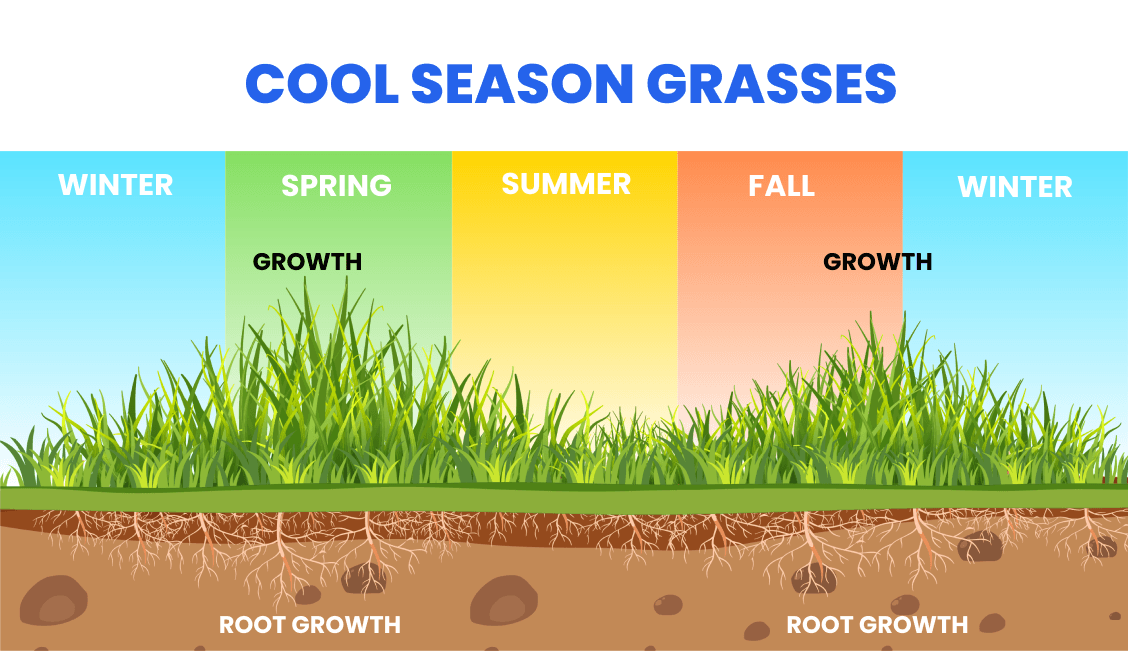
Find reputable companies for installing sod in IA
Here are the top problems you'll face when trying to get sod installed by a landscaping company:
- They're not transparent about pricing. You'll often get a quote that's way higher than you'd expect.
- They're hard to get ahold of on the phone or you'll reach out online but won't hear back.
- It's hard to pin them down for a specific date. Because you can only bring sod from the farm when there's decent weather, this causes some delays at times. It also has a short shelf life, so it's important to get it installed within a day or two of delivery.
We've done all the work for you. Click below to get a quote from one of the top installers in Iowa.
